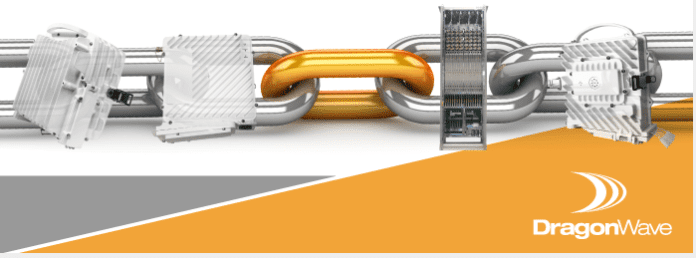The companies helping Sprint deploy its ambitious small cell network have been largely silent for more than a year, but now Canada’s DragonWave has announced its participation. Sprint will use DragonWave’s packet microwave radio systems for wireless backhaul. DragonWave, which has worked with Sprint in the past, said its portfolio includes “a range of products ideally suited to support the emergence of underlying small cell networks.”
DragonWave’s stock price has more than doubled since last Wednesday’s announcement. This despite the company’s Friday disclosure that it is not currently in compliance with Nasdaq’s listing requirements.
DragonWave said Sprint chose its microwave backhaul solution for its dual channel capability and system gain. The company markets its microwave backhaul solutions under the brand name Harmony.
Microwave backhaul can help operators deploy small cells faster and more economically than they can deploy a comparable cell with fiber backhaul. With wireless backhaul there is no need to install or acquire fiber, and there are no lease payments for fiber going forward. But microwave backhaul at times requires line of sight, and this can force operators to deploy at higher elevations than they otherwise would. In some cities, Sprint’s partner Mobilitie has applied for permits to build 120-foot poles to support small cell equipment.
Sprint is well-positioned to use microwave backhaul because of its unique spectrum portfolio. The company has more spectrum than any of its competitors, and is expected to use some of its 2.5 gigahertz spectrum for wireless backhaul. Sprint also has experience with microwave backhaul because the technology was part of the WiMAX network Sprint acquired from Clearwire.
Wireless carriers and their equipment vendors are exploring wireless backhaul options as they consider standards and applications for “5G” networks. Worldwide, there are about 4 million microwave radio hops in use today, according to data published by Ericsson. A hop is the trip a data packet takes from one router to another in a packet-switched network.
Follow me on Twitter.

